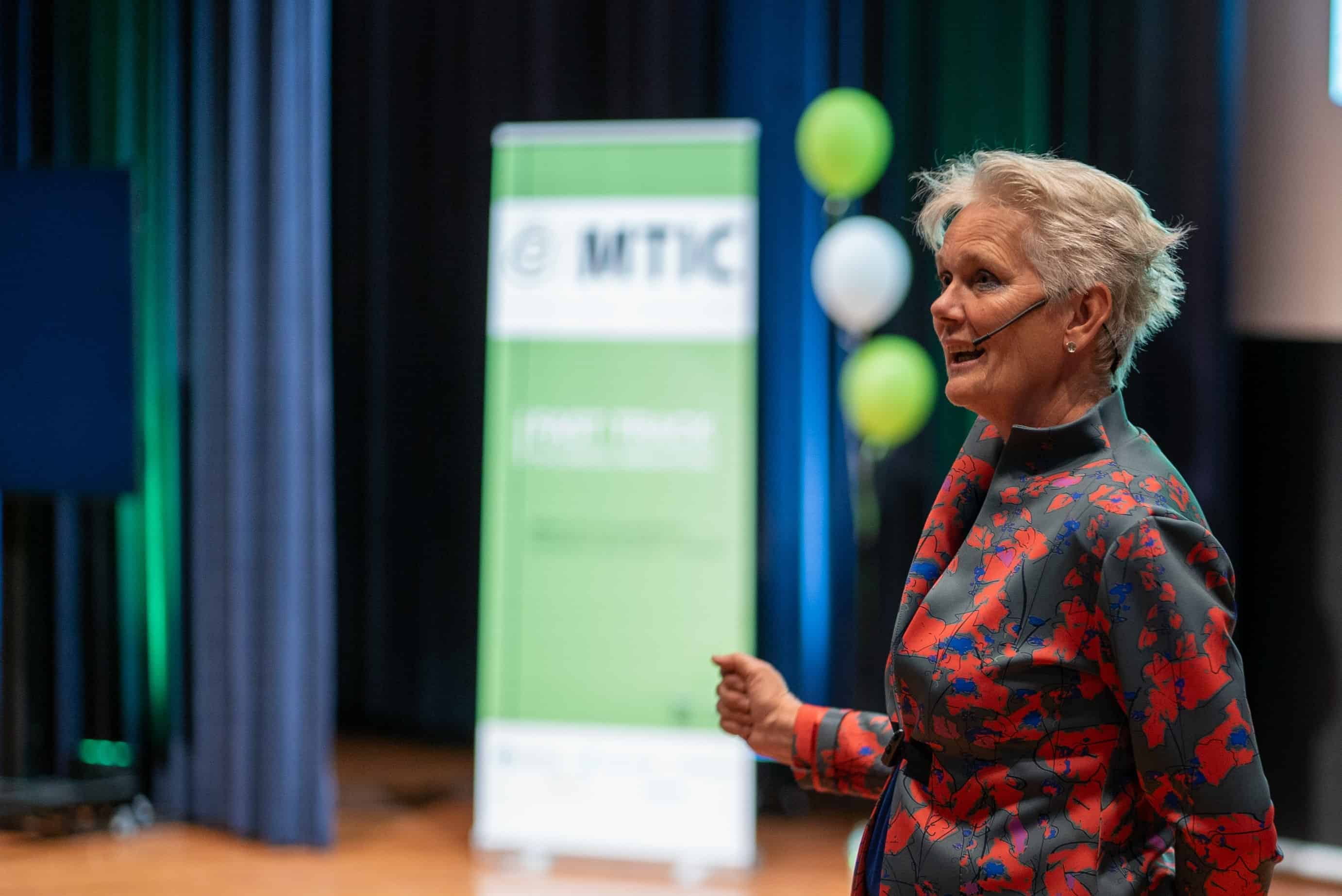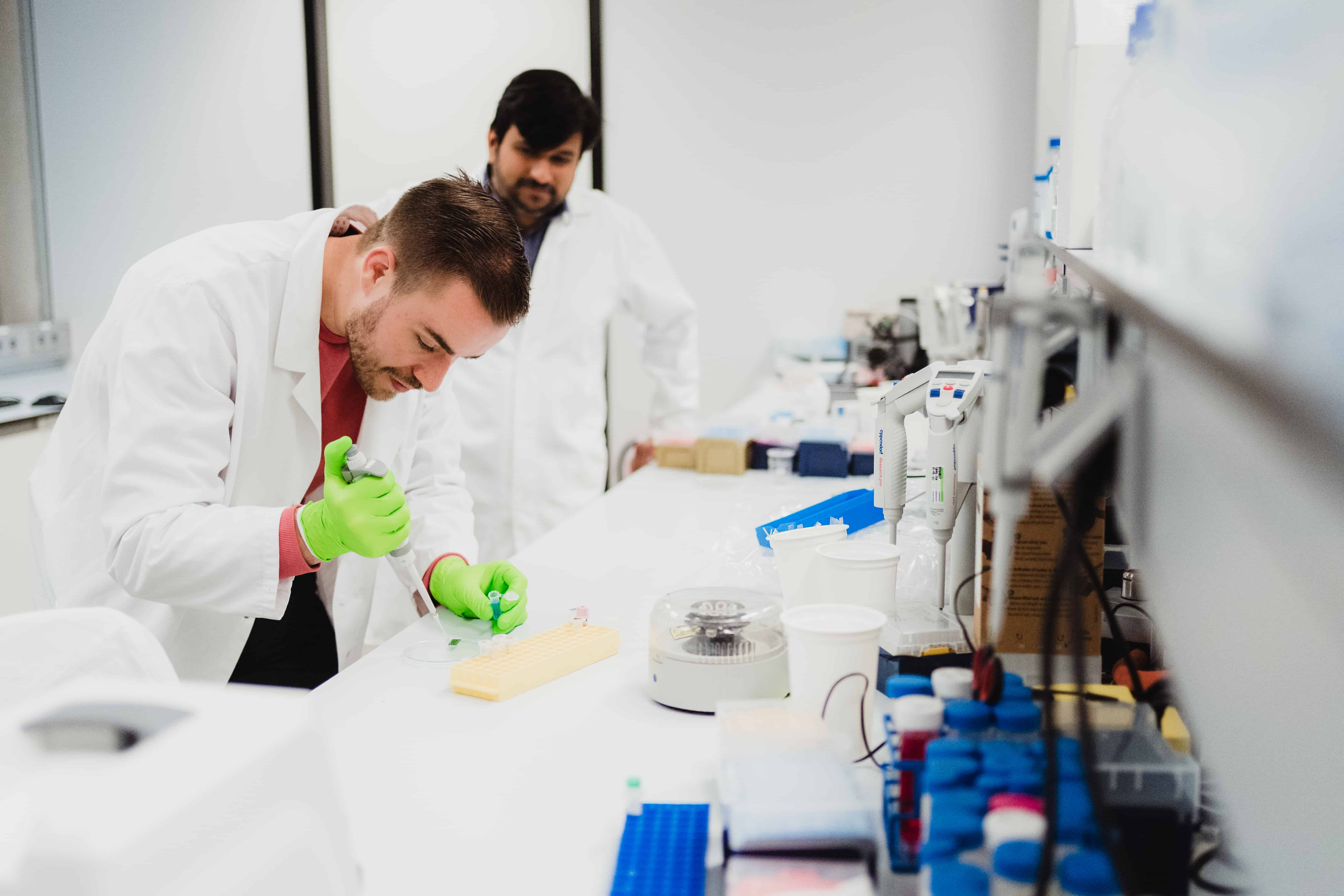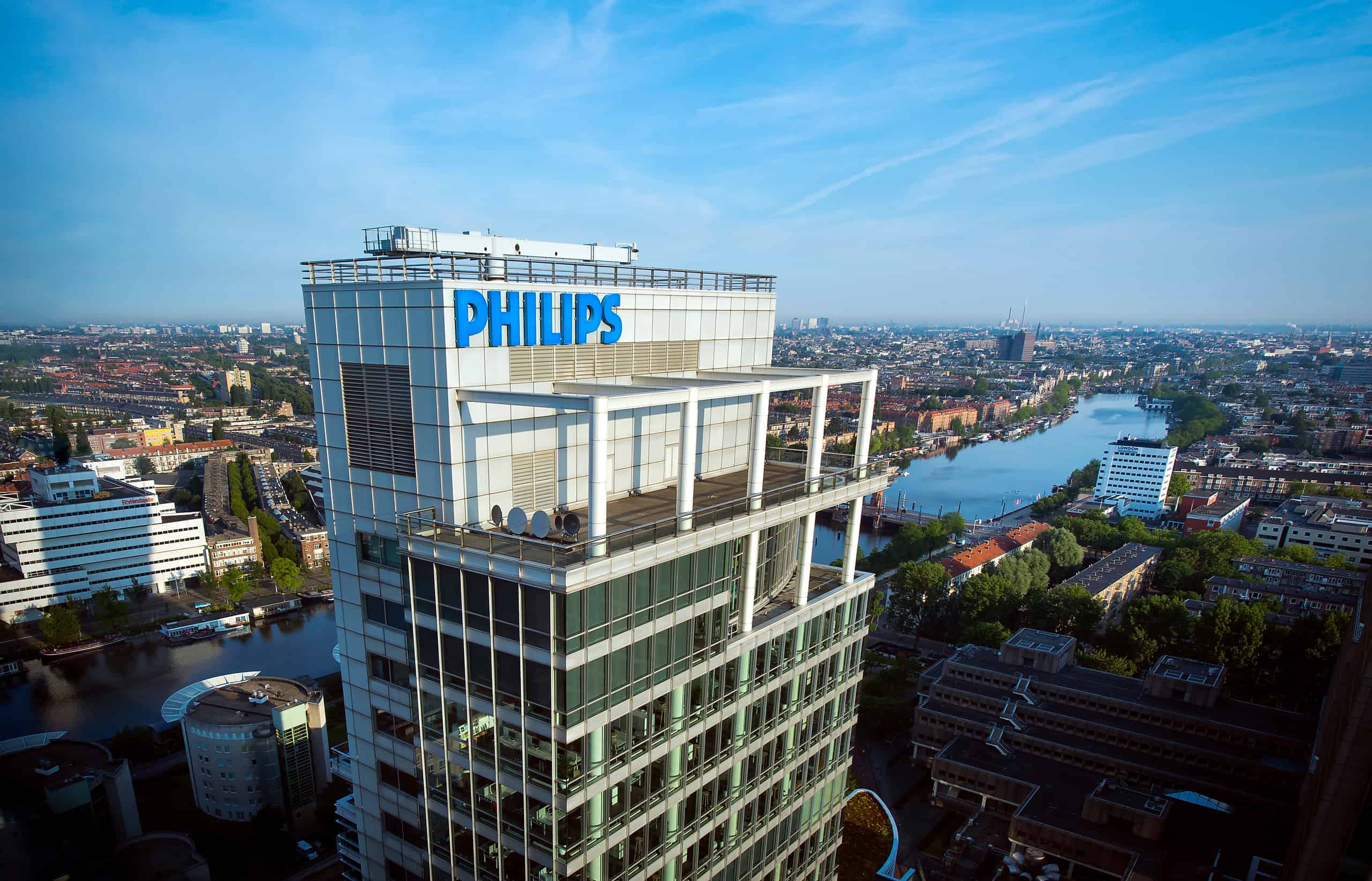
A special patch to monitor patients remotely so they can rehabilitate in their own environment is one of the Eindhoven MedTech Innovation Center (e/MTIC) successes. The partnership between Eindhoven University of Technology (TU/e), Philips, Màxima Medisch Centrum, Catharina Hospital, and Kempenhaeghe sleep and epilepsy center celebrated its fifth-anniversary last month. It is the largest public-private partnership around medical technology in the Netherlands. Director Carmen van Vilsteren looks back and forward in an interview with Innovation Origins.
The official collaboration was signed five years ago, but the parties involved had been working together on various research projects for much longer. “Previously, these were always separate projects. By working together structurally, we can streamline that into one big strategic program. All with the motto; fast track to clinical innovation,” says Van Vilsteren. Three different ‘roadmaps’ emerged, matching the expertise of the parties involved; cardiovascular, perinatal, and sleep. In the team that develops a roadmap, industry, science, and hospital are represented. “So our work focuses on real-world problems, and the solutions we find can be put back into practice,” she said.
Expanding the network
A big change is coming for e/MTIC next year. “The past five years have laid a good foundation for expanding the cooperation,” Van Vilsteren says. New partners will join the existing ones as steps to include other organizations in e/MTIC are currently being taken. “This is great news, these parties fit perfectly with the roadmaps we have drawn up,” she states.
Continuity
What is unique about this collaboration is the continuity in the studies and the participation of various parties in the chain up to the patient. Van Vilsteren: “Generally, academic research projects last four to five years. After that, nothing often happens for a long time – solutions sometimes even stay on the shelf. Our strategic program continues, we start new projects every year, and we have partners who can bring innovations to the patient. This ensures a constant flow of doctoral researchers, new inventions (IP), and applications. Therefore, it is important to focus not only on the research itself but also on designing the process as optimally as possible. We have created special teams for this purpose as well. Process improvement ensures that research is conducted more efficiently because scientists do not have to reinvent the wheel for more generic topics such as regulations, setting up clinical trials, and data use.”
Retaining talent in the region is also an important issue for e/MTIC. “It is often exciting for scientists to actually work with real problems from clinical practice, which is why such a public-private partnership is also vital,” says the director.
Health Data Portal
One of e/MTIC’s biggest projects is the creation of the Health Data Portal. This digital infrastructure enables safe and easy data exchange between universities, hospitals, and companies. In recent years, work has been done to develop the software needed. “Parts of the platform are ready and already in use. Unfortunately, the Health Data Portal as a whole is not yet ready. We will continue to work on that in the coming period,” she states. But the new development is already bringing something to the academic world. “We see that it is making other academic hospitals think. Some also want to integrate parts of the Health Data Portal into their system. That shows the power of such a network,” she explains. This project is also part of Health-RI, a proposed project within the National Growth Fund to set up a national healthcare data infrastructure. The Dutch government awarded 69 million euros for this purpose.

Closer to the caregiver and patient
In the coming period, e/MTIC is committed to developing “implementation science,” which puts innovations into practice. Implementation science is about the entire process, from a research result to implementing innovation in clinical practice (in the hospital, ed.). This process brings all stakeholders together, in this case, hospitals and universities, but also companies and patients. “The implementation scientist is the link between all stakeholders and keeps an eye on the application in practice at all times. In my view, patients in particular, are very important. Does the patient need this new development? Everything depends on that,” Guid Oei, professor at TU Eindhoven and gynecologist at the Máxima Medical Center, told Innovation Origins earlier.
Van Vilsteren: “We have achieved a lot in recent years, from Ph.D. scientists with groundbreaking research to practical tools for healthcare. In the coming years, we will again make a concerted effort to provide faster and better care.”







